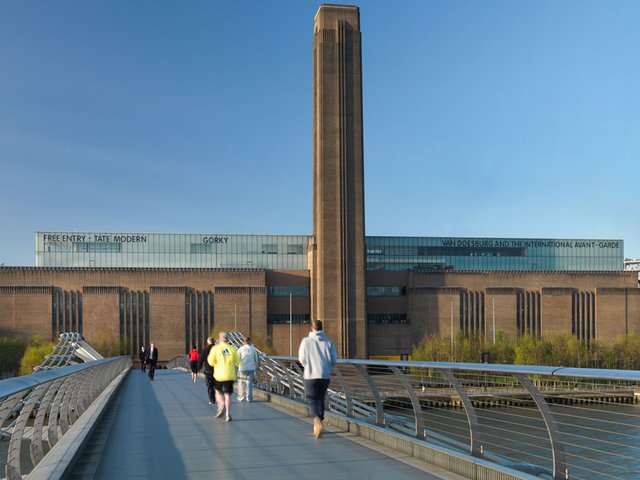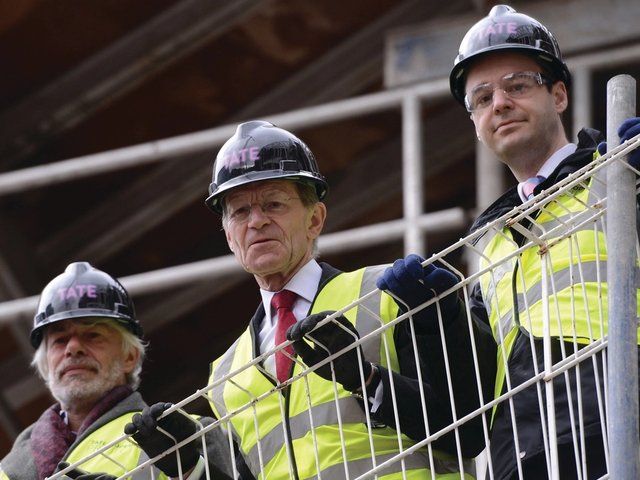Tate director, Nicholas Serota and his trustees had long wanted more display space in London. They chose a redundant power station at Bankside, opposite St Paul’s Cathedral. For such a large project, fundraising and construction work, Tate Modern was completed in double-quick time.
1992 Plans announced to create a new Tate gallery of modern art by 2000 to complement a gallery of British art, Millbank.
1994 Bankside power station is chosen as the site.
1995 Herzog and de Meuron selected as the conversion architects. The Millennium Commission awards £50m and work begins.
1997 New Thames pedestrian bridge awarded £7m by the commission. Tate raises £100m of the £134m for the museum.
1998 Lars Nittve is appointed the first director of Tate Modern.
2000 Royal opening of Tate Modern. The Turbine Hall hosts Louise Bourgeois’s giant spider, Maman, 1999. Over 4.7 million visitors come in the first year, more than double the estimated number.
2001 Nittve leaves Tate Modern 13 months after its opening for the Moderna Museet, Sweden. A developer proposes a 32-storey tower block nearby, which Serota calls “an opportunistic attempt to cash in for private gain on the public benefits”. The plan is eventually defeated.
2002 “Matisse Picasso” attracts 467,000 visitors, a record number to a Tate exhibition. “Warhol” attracts 219,000. Both critically well received, a contrast to the mixed reception of “Century City” (106,000 visitors) in 2001. Vicente Todolí appointed the director.
2003 Olafur Eliasson turns the Turbine Hall into a spectacular mirror and mist experience, The Weather Project.
2005 Annual visitor figures dip below four million despite Frida Kahlo and Henri Rousseau shows. Herzog and de Meuron chosen to design an extension called Tate Modern 2.
2006 Thematic hang replaced by a more chronological one focusing on art movements. Sponsored by UBS bank, improvements include a 40m-long timeline and weekend events. The display of the bank’s corporate collection is criticised. Visitor figures bounce back, rising to 5.2 million, helped by Carsten Höller’s slides, Test Site. Plans unveiled for glass-clad extension with a £215m price tag and target opening date of 2012, the London Olympic year.
2007 The Tate receives a special £50m grant from the government towards its expansion.
2008 Brick preferred to glass as the extension’s design refined. Fundraising stalled by the recession.
2010 Work underway on site. The Tate needs to raise a further £139m. Advertises for a director when Todolí resigns. By far the most visited modern art museum in the world, the Tate Modern is also considered by experts as a leader in its field curatorially and in its work with schools and the local community.



